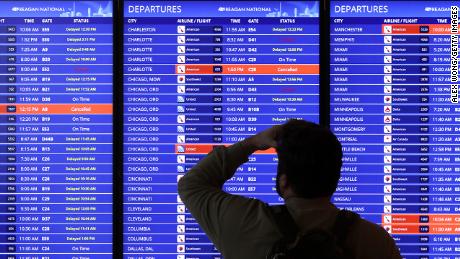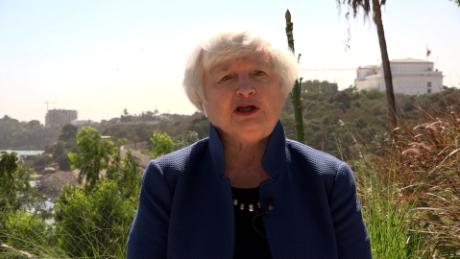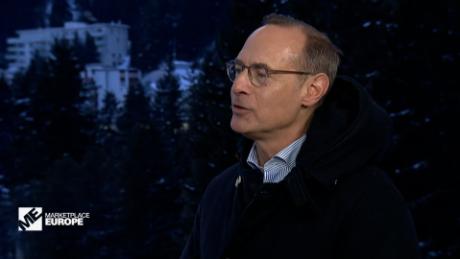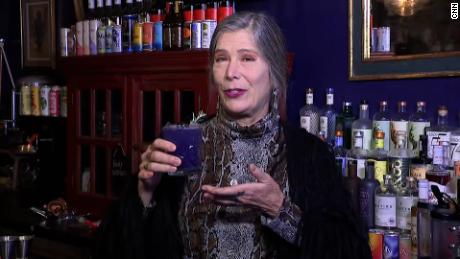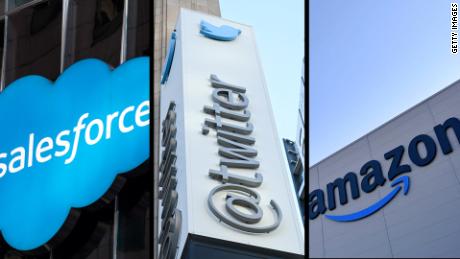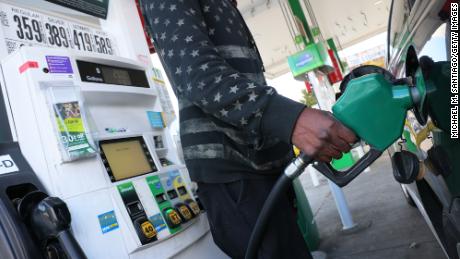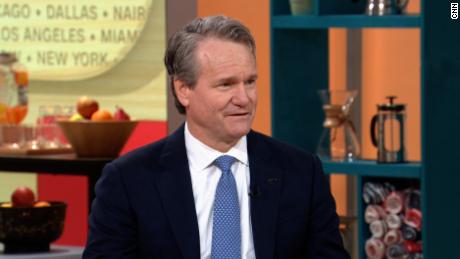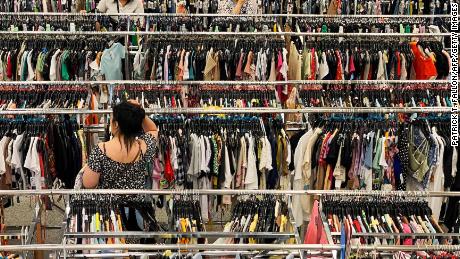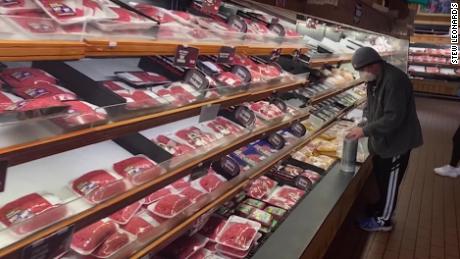New York (CNN Business)US inflation remains much higher than anyone would like ŌĆö consumers, the White House, the Federal Reserve... In September, prices stayed high, returning to a 13-year peak after dipping a bit in August.
Consumer price inflation ŌĆö one of the key inflation indicators ŌĆö rose 0.4% in September, adjustefor seasonal swings, faster than in August but slower than in previous months, the Bureau of Labor Statistics reported Wednesday.
Rising prices for food and shelter contributed more than half of this increase, while prices for new cars, household furnishings and car insurance also climbed. The index that tracks new car prices rose 8.7% over the 12 months ending in September, which marks the biggest jump since 1980.
The increase in shelter costs, which includes rents and rent-equivalents for home owners, is worrying, said economist Sung Won Sohn.
"Shelter costs rose little last year, but keeps marching upward," he wrote in a note. "The government gradually phases in rent increases over time. It is about to become a major source of inflation in the coming months."
Overall, inflation stood at 5.4% in the 12-month period ended in September. Stripping out food and energy costs, which tend to be more volatile, prices rose 4% over the same period, the same rate as in August.
America's annual inflation rate is the highest since the summer, which had matched the highest annual inflation rate since 2008.
More expensive food and cheaper plane tickets
Food prices jumped 0.9% in September, far more than in August, as grocery store prices climbed across the board.
But not everything in America got more expensive. Plane tickets, for example, keep getting cheaper: The price index for airline fares dropped 6.4% in September, after a 9.1% decrease in August.
That's not great for airlines, and it's happening even though demand for travel continues to recover from the worst of the pandemic. Delta (DAL) said in its earnings Wednesday that the company expected to feel price pressure from rising energy costs.
Energy prices rose 1.3% last month, the fourth straight increase. Gas prices rose 1.2%, less than in the prior month. Over the past 12 months, the energy price index rose nearly 24.8% and gas increased 42.1%.
With more volatility in the energy market this month, and US oil prices rising above $80 for the first time in nearly seven years earlier this week, energy prices could contribute more to inflation in October.
What does this mean for the Fed?
Inflation has been running above the Federal Reserve's target of around 2% for what feels like a long time now. Even so, the central bank has been steadfast in its view that the price spikes that have become a hallmark of the pandemic economy will only be temporary.
For consumers, it really doesn't feel that way. Prices for various goods jumped last year ŌĆö remember the huge spike in used car prices? ŌĆö and have since come down from their peaks. But overall, costs remain high this year.
So is the Fed just plain wrong in its assessment?
It's still a little early to tell. Even though American workers have been feeling the pandemic price pressure for some time, it hasn't been long enough for the policy makers at the Fed to really sound the alarm.
That said, the Fed has signaled that it's getting ready to roll back its massive pandemic stimulus package. This could turn down some of the heat on US inflation, but a lot of the price pressure comes from supply chain problems lurking around the world.
The White House is stepping in to address some of the supply chain issues, with President Joe Biden meeting with senior officials and stakeholders to discuss efforts to address global transportation bottlenecks. Biden will deliver remarks Wednesday afternoon.


